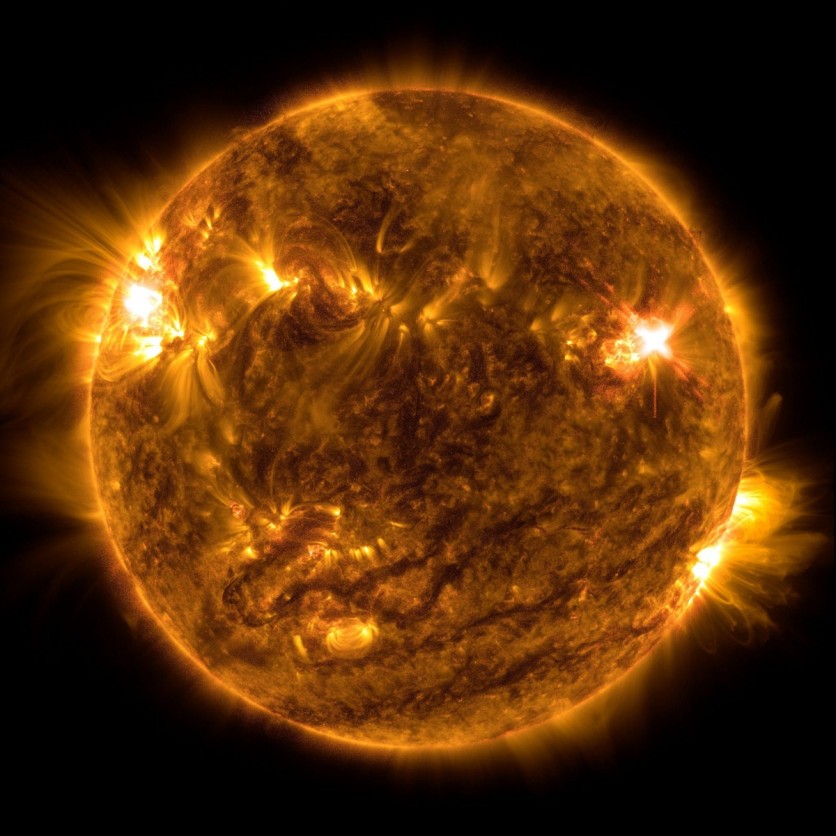The Sun is going through something now, and it is heating up more than its normal temperature, which at the same time, released solar flares and rated X1, one of the hottest there is on its scale. NASA was able to document the experience and share the development with the world, showing some bursts of light of the central figure.
Its emissions of the solar flares peaked last Sunday, showing this massive activity of the bright star.
NASA Captures the Sun's X1 Solar Flare

NASA's blog recently released a report regarding the latest solar flare which took place last Sunday, October 2, with its peak that took place at around 4:25 p.m. EDT. The team noted that this particular solar flare is X1, and the X-class is the most intense on the agency's scale for the many outburst of the Sun.
The national space agency said that "Flares and solar eruptions can impact radio communications, electric power grids, navigation signals, and pose risks to spacecraft and astronauts."
NASA's Solar Dynamics Observatory was able to monitor what took place last Sunday, and it also managed to take a photo of the event.
What is Happening to the Sun?
The Sun is heating up more than its known regular temperatures in its current state, hence the solar flares that took place earlier. It is a momentary outburst from the massive star, and it is something that it occasionally does as the energy gets contained inside the star and heats up.
The solar flare releases strong bursts from the bright star and is considered a normal process of the Sun once in a while.
The Sun and the Solar System
The Earth is part of a speck in the universe, the Solar System in the Milky Way galaxy, which revolves around a central figure known as the Sun, and it is one uncontrollable cosmic entity present. There are many instances when the Sun is active and releases solar flares on multiple occasions, but none fatal to humans on the planet.
However, one mid-level solar flare was recorded earlier this year, and astronauts in orbit were advised to avoid any missions outside their spacecraft to be safe from the Sun's releases in the past.
According to some studies, solar flares may contribute to creating bright Auroras present on the planet, particularly in the Arctic circle and Northern regions where it is mostly seen. Nevertheless, the Sun's flares can disrupt satellites or power grids, as it is one powerful blast from the most significant star in our system.
While past solar flares are already considered to have significant effects on satellites or astronauts while being in the mid-level rating, what more with the recent X-class solar flare which is considered to be the strongest. Nevertheless, there are no fatal effects that these bring to the world, but massive disruptions among many systems.
Related Article : A Sunspot With the Size of Four Earths Ejects 10 Million Degree Solar Flare, Causes Radio Blackout over the Pacific
This article is owned by TechTimes
Written by Isaiah Richard
ⓒ 2025 TECHTIMES.com All rights reserved. Do not reproduce without permission.




